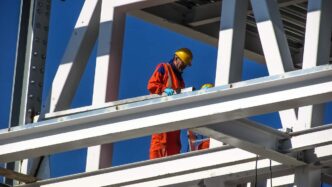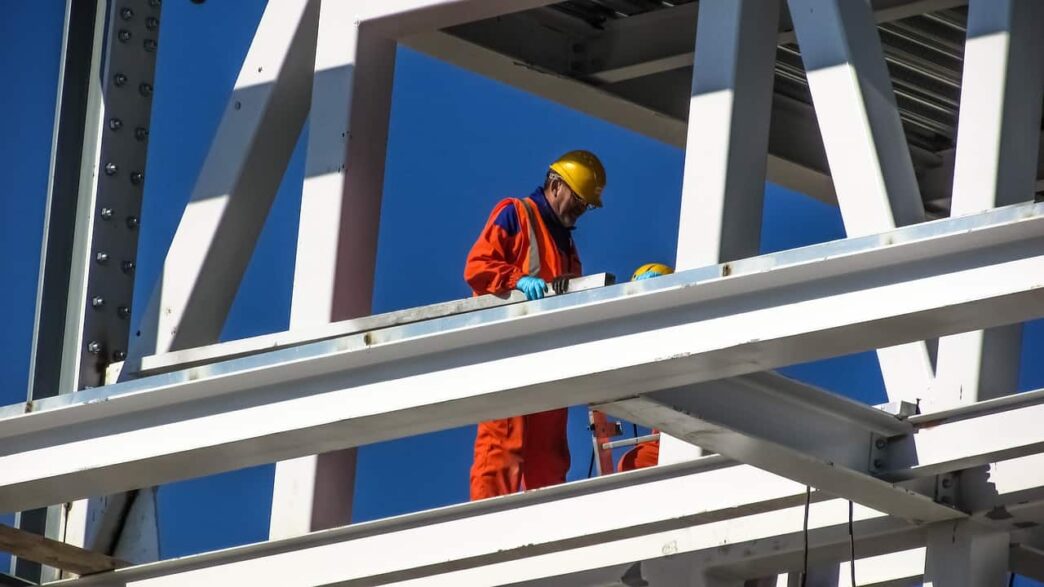Workplace safety is a paramount concern in today’s diverse work environments, particularly for lone workers. These individuals, who perform their duties in isolation or without direct supervision, face unique risks and challenges. Understanding and implementing effective lone worker monitoring is not just a safety measure but a necessary strategy for modern businesses. This article explores the concept of lone worker monitoring and its vital role in enhancing workplace safety.
What is Lone Worker Monitoring?
Lone worker monitoring is a comprehensive approach designed to protect employees who work alone. This system employs various methods and technologies to ensure the safety and well-being of these workers. By monitoring their location and health status and providing means for emergency communication, businesses can significantly reduce the risks associated with working alone. Effective lone worker monitoring is a blend of technology, vigilant safety practices, and a deep commitment to employee welfare.
5 Ways Lone Worker Monitoring Ensures Workplace Safety
Lone worker monitoring is about creating a safer work environment through vigilant practices and smart solutions. Here are several key ways in which lone worker monitoring can enhance workplace safety, ensuring that employees working alone are never truly isolated in terms of safety support.
1.Real-time Location Tracking
A critical component of lone worker monitoring is real-time location tracking. This technology allows employers to know the exact whereabouts of their employees at all times. In emergencies, such as accidents or health crises, this information is invaluable. It enables a quick and efficient response, ensuring that help arrives where and when it’s needed most.
Location tracking is not just about responding to emergencies; it’s also about preventing them. By monitoring worker movements, businesses can identify potential hazards and intervene before incidents occur.
2.Emergency Alert Systems
Lone worker monitoring systems often incorporate emergency alert features. These are designed for situations where a worker feels threatened, is injured, or experiences a health crisis. With the simple press of a button, workers can signal for help, initiating a rapid response from safety personnel or emergency services. This immediate communication is crucial, particularly in environments where delays can mean the difference between a minor incident and a serious accident.
3.Health Monitoring
In roles that are physically demanding or high-stress, health monitoring becomes an essential aspect of lone worker monitoring. Advanced systems can track vital signs like heart rate or indicators of stress. This technology aids in responding to immediate health crises and in understanding and mitigating long-term health risks. Continuous health monitoring can lead to early interventions, reducing the likelihood of serious health incidents and promoting overall worker well-being.
4.Enhanced Communication
Regular communication is a cornerstone of effective lone worker monitoring. By establishing protocols for regular check-ins, employers can maintain a connection with their lone workers, ensuring they are safe and well. This communication is not just one-way; it allows workers to report hazards, express concerns, and stay connected with their team. In environments where isolation can impact mental health, this regular contact can be a significant morale booster.
5.Compliance with Safety Regulations
Adhering to safety regulations is a critical aspect of lone worker monitoring. Utilizing resources like Protex AI’s glossary on lone worker monitoring helps organizations understand the legal and safety requirements associated with protecting lone workers. This ensures compliance with laws and also establishes a framework for best practices in worker safety. By understanding and implementing these regulations, companies can create a safer work environment, avoiding potential legal complications and fostering a culture of safety.
Conclusion
In conclusion, lone worker monitoring is an essential aspect of modern workplace safety. Through real-time location tracking, emergency alerts, health monitoring, enhanced communication, and compliance with safety regulations, organizations can effectively protect their employees. This proactive approach not only fulfills a legal obligation but also demonstrates a commitment to the well-being of workers, leading to a safer, more productive, and more confident workforce.











